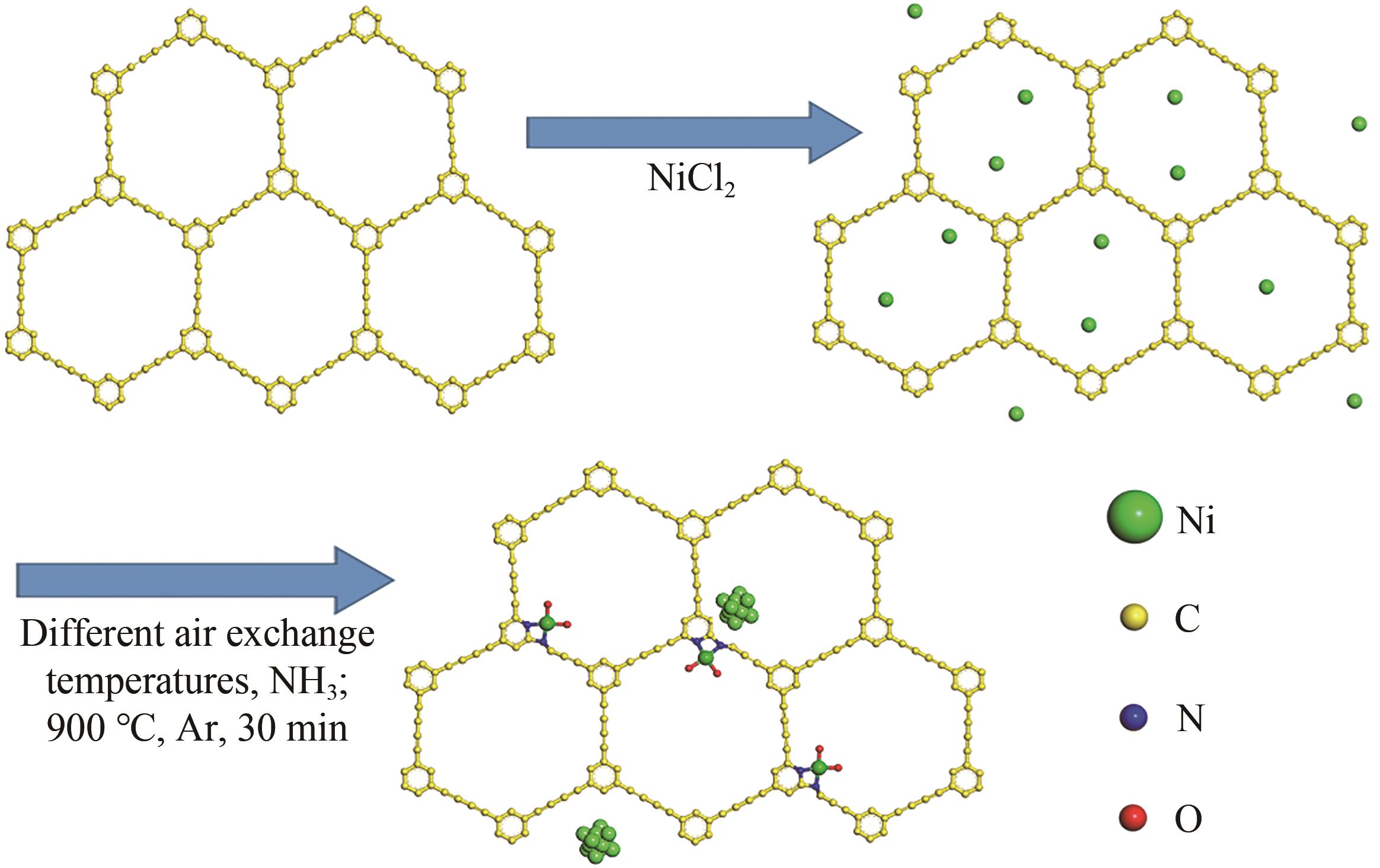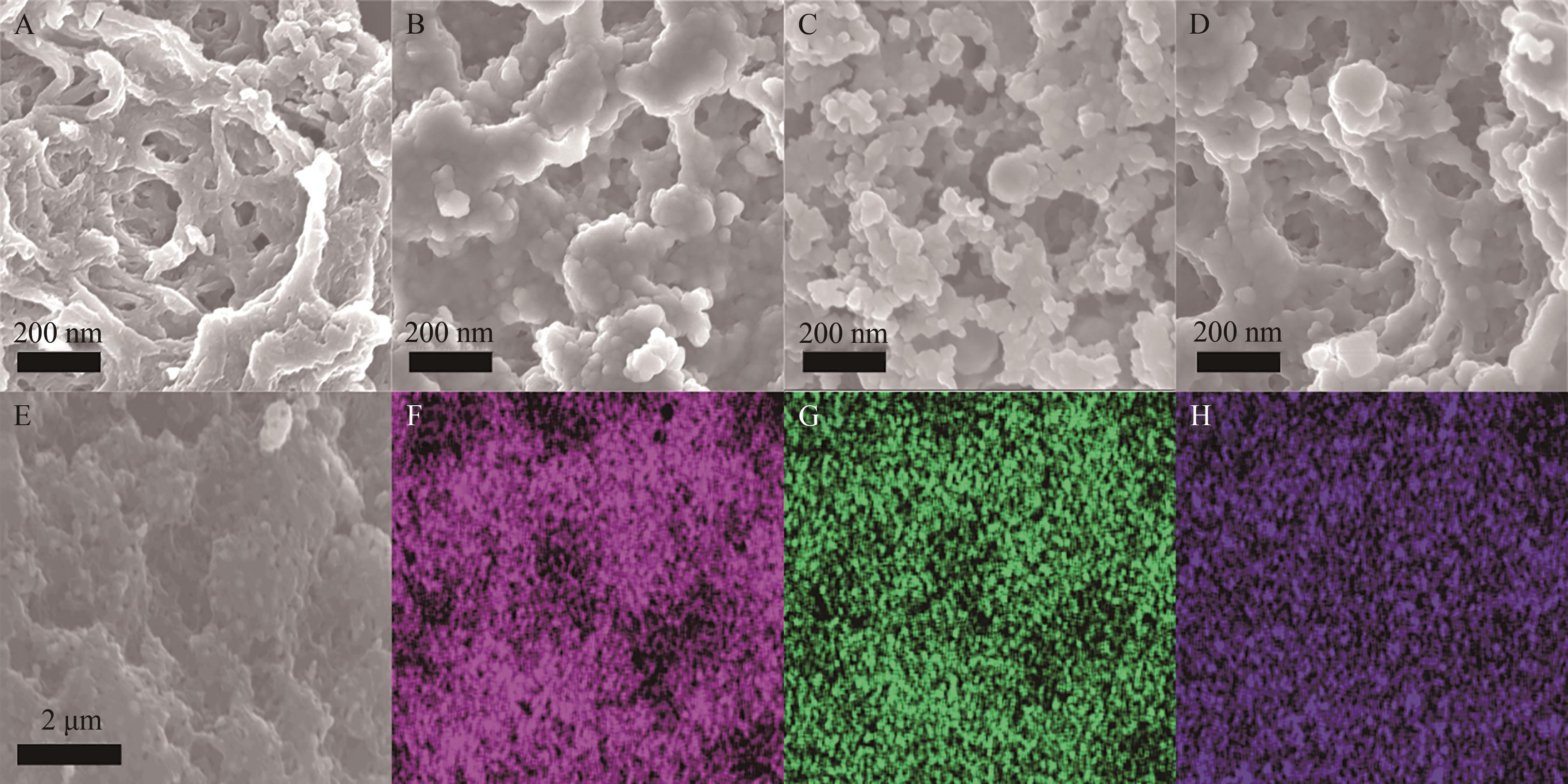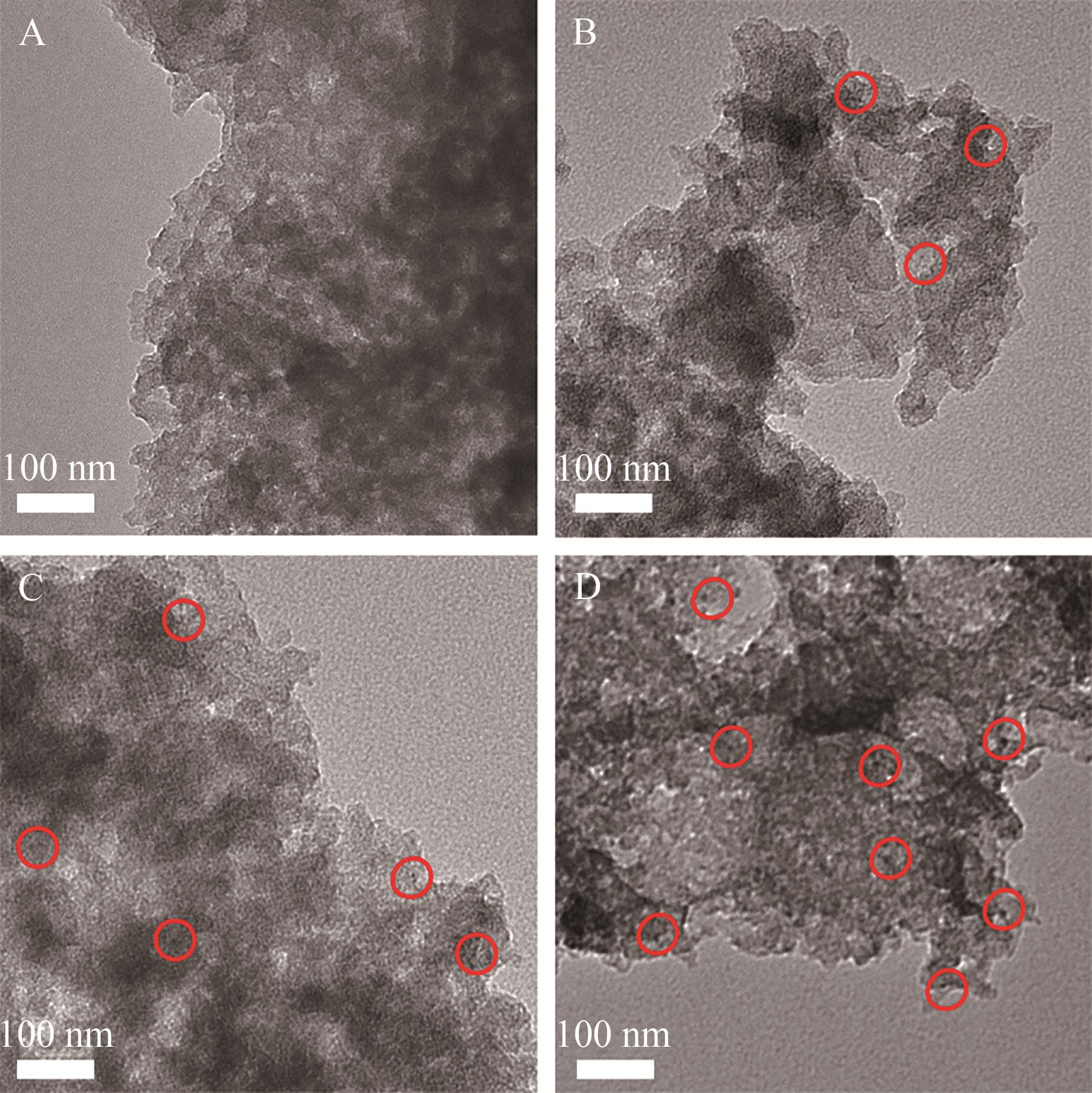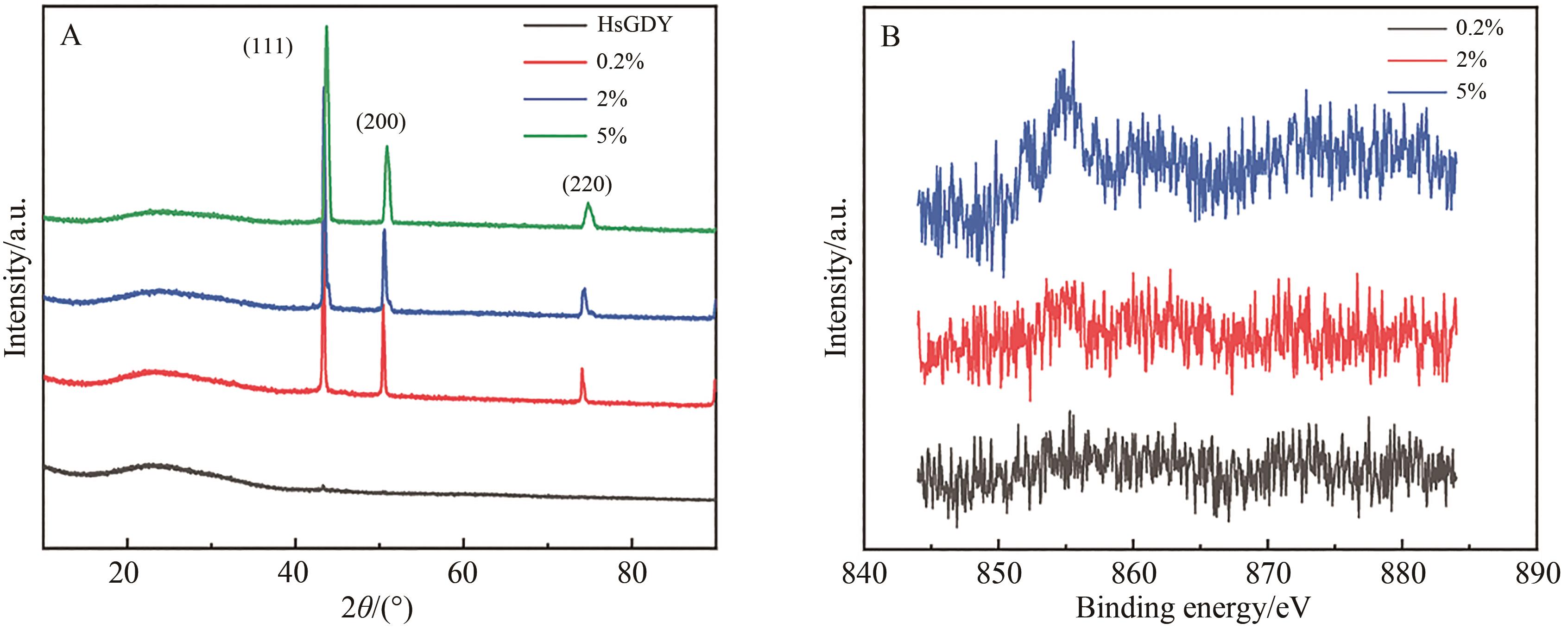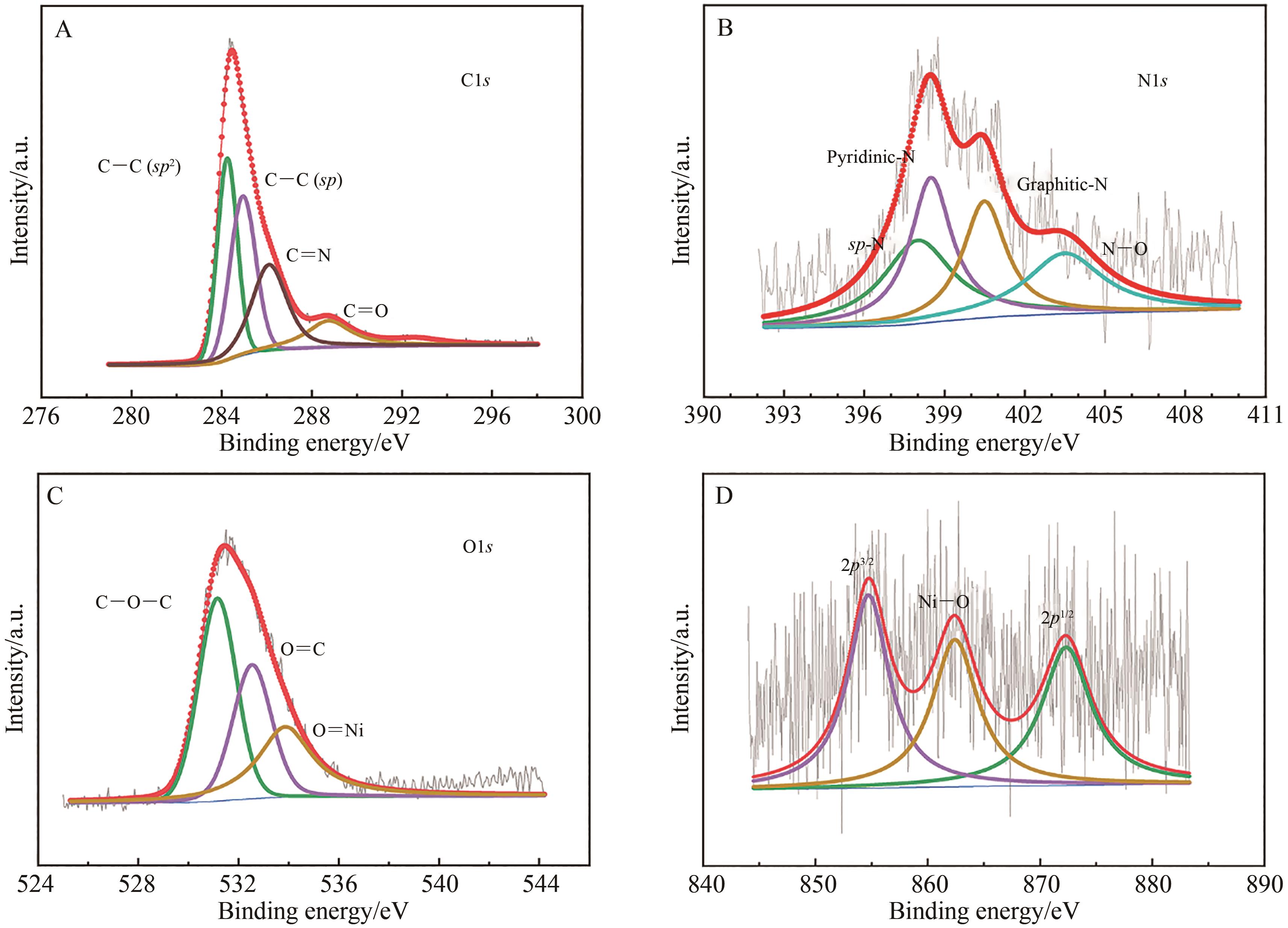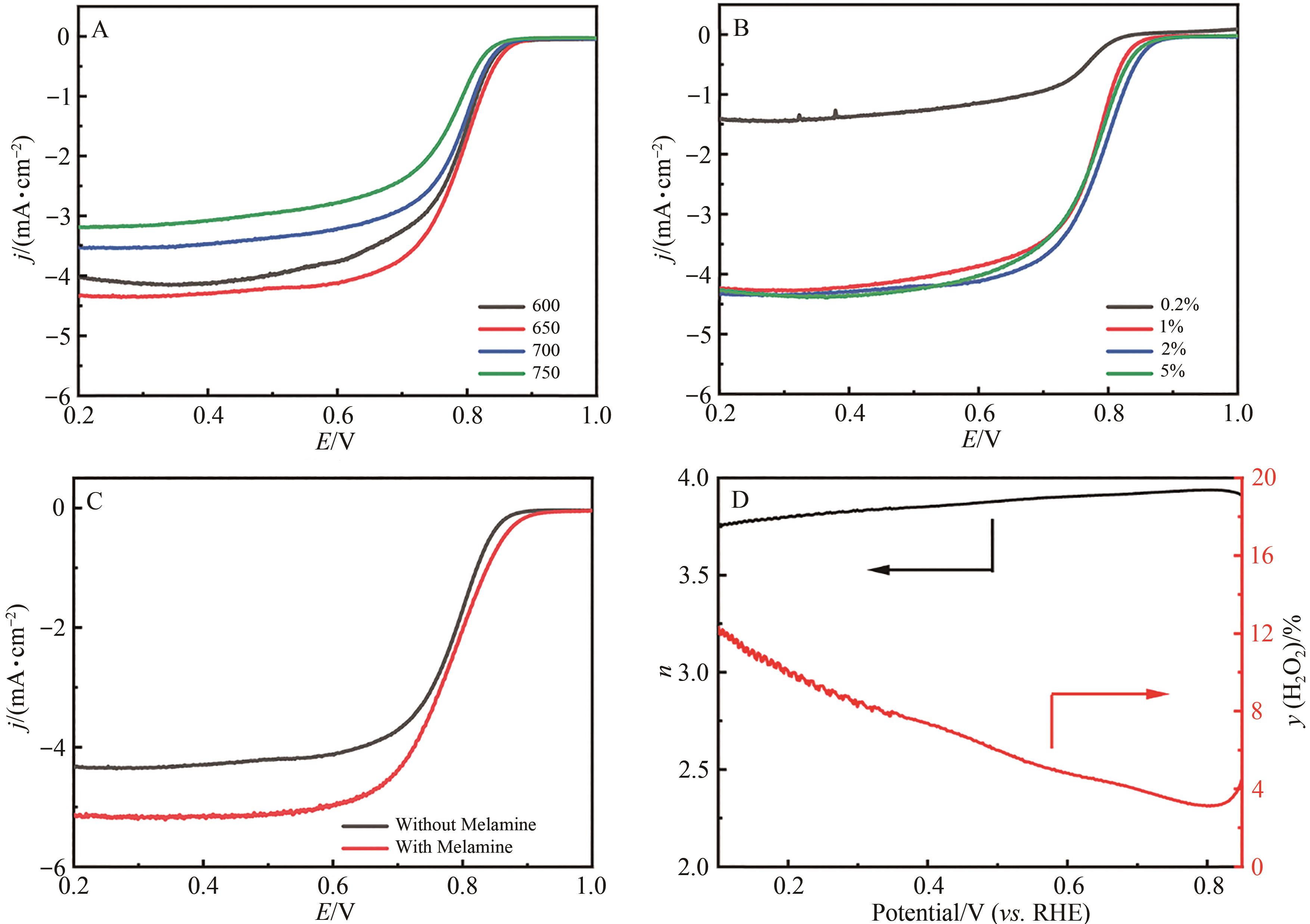| 1 |
LIU Y, FENG C. Promoting renewable energy through national energy legislation[J]. Energy Economics, 2023, 118: 106504.
|
| 2 |
ZHANG T T, JOAO URATANI, HUANG Y X, et al. Hydrogen liquefaction and storage: recent progress and perspectives[J]. Renew Sustainable Energy Rev, 2023, 176: 113204.
|
| 3 |
TEBYETEKERWA M, DUIGNAN T T, XU Z, et al. Rechargeable DUAL-CARBON batteries: a sustainable battery technology[J]. Adv Energy Mater, 2022, 12: 2202450.
|
| 4 |
FENG Z, MA Y Q, LI Y, et al. Charge-compensated co-doping of graphdiyne with boron and nitrogen to form metal-free electrocatalysts for the oxygen reduction reaction[J]. Phys Chem Chem Phys, 2020, 22: 1493-1501.
|
| 5 |
YU H D, WU L M, NI B X, et al. Research progress on porous carbon-based non-precious metal electrocatalysts[J]. Materials, 2023, 16: 3283.
|
| 6 |
DUAN W J, LI G, LEI Z C, et al. Highly active and durable carbon electrocatalyst for nitrate reduction reaction[J]. Water Res, 2019, 161: 126-135.
|
| 7 |
WANG Y, WANG L, FU H G. Research progress of Fe-N-C catalysts for the electrocatalytic oxygen reduction reaction[J]. Sci China Mater, 2022, 65(7): 1701-1722.
|
| 8 |
ZHU Y T, YUE K H, XIA C F, et al. Recent advances on MOF derivatives for non-noble metal oxygen electrocatalysts in zinc-air batteries[J]. Nano-Micro Lett, 2021, 13: 137.
|
| 9 |
ZHAO R G, NI B X, WU L M, et al. Carbon-based iron-cobalt phosphate FeCoP/C as an effective ORR/OER/HER trifunctional electrocatalyst[J]. Colloids Surf A: Physicochem Eng Asp, 2022, 635: 128118.
|
| 10 |
YANG X F, WANG A Q, QIAO B T, et al. Single-atom catalysts: a new frontier in heterogeneous catalysis[J]. Acc Chem Res, 2013, 46: 1740-1748.
|
| 11 |
LIU J Y. Catalysis by supported single metal atoms[J]. ACS Catal, 2017, 7: 34-59.
|
| 12 |
ZHANG J, FENG X L. Graphdiyne electrocatalyst[J]. Joule, 2018, 2(8): 1396-1398.
|
| 13 |
FENG Z, MA Y Q, LI Y, et al. Oxygen molecule dissociation on heteroatom doped graphdiyne[J]. Appl Surf Sci, 2019, 494: 421-429.
|
| 14 |
ZHAO Y S, WAN J W, YAO H Y, et al. Few-layer graphdiyne doped with sp-hybridized nitrogen atoms at acetylenic sites for oxygen reduction electrocatalysis[J]. Nat Chem, 2018, 9: 924-931.
|
| 15 |
DAS B K, SEN D, DR K K. Mechanism of oxygen reduction reaction in alkaline medium on nitrogen-doped graphyne and graphdiyne families: a first principles study[J]. ChemPhysChem, 2022, 23: e202100900.
|
| 16 |
SUN W P, DOU S X. sp-Hybridized nitrogen enhances oxygen reduction reaction kinetics[J]. Chem, 2018, 4(9): 2024-2026.
|
| 17 |
CHEN X Z, WEE-JUN ONG, KONG Z Z, et al. Probing the active sites of site-specifific nitrogen doping in metal-free graphdiyne for electrochemical oxygen reduction reactions[J]. Sci Bull, 2020, 65: 45-54.
|
| 18 |
LV Q, WANG N, SI W Y, et al. Pyridinic nitrogen exclusively doped carbon materials as effiffifficient oxygen reduction electrocatalysts for Zn-air batteries[J]. App Catal B: Environ, 2020, 261: 118234.
|
| 19 |
QI S Y, WANG J R, SONG X H, et al. Synergistic trifunctional electrocatalysis of pyridinic nitrogen and single transition-metal atoms anchored on pyrazine-modifified graphdiyne[J]. Chin Sci Bull, 2020, 65: 995-1002.
|
| 20 |
KANG B T, WU S, MA J P, et al. Synergy of sp-N and sp 2-N codoping endows graphdiyne with comparable oxygen reduction reaction performance to Pt[J]. Nanoscale, 2019, 11: 16599-16605.
|
| 21 |
YAO H Y, ZHAO Y S, YANG N L, et al. Molecule functionalization to facilitate electrocatalytic oxygen reduction on graphdiyne[J]. J Energy Chem, 2022, 65: 141-148.
|
| 22 |
WANG X, YANG Z, SI W Y, et al. Cobalt-nitrogen-doped graphdiyne as an effificient bifunctional catalyst for oxygen reduction and hydrogen evolution reaction[J]. Carbon, 2019, 147: 9-18.
|
| 23 |
ZENG J, YANG T, XU H, et al. Cobalt(Ⅲ) corrole-tethered semiconducting graphdiyne fifilm for effificient electrocatalysis of oxygen reduction reaction[J]. Mater Today Chem, 2022, 25: 100932.
|
| 24 |
SI W Y, YANG Z, WANG X, et al. Fe,N-codoped graphdiyne displaying efficient oxygen reduction reaction activity[J]. ChemSusChem, 2019, 12: 173-178.
|
| 25 |
DANIYAL IRFAN A, MARIA JADE CATALAN OPULENCIA B, SAADE ABDALKAREEM JASIM, et al. Systematically theoretical investigation the effect of nitrogen and iron-doped graphdiyne on the oxygen reduction reaction mechanism in proton exchange membrane fuel cells[J]. Int J Hydrogen Energy, 2022, 47: 17341-17350.
|
| 26 |
MELISSA E KREIDER, ALESSANDRO GALLO, SEOIN BACK, et al. Precious metal-free nickel nitride catalyst for the oxygen reduction reaction[J]. ACS Appl Mater Interfaces, 2019, 11: 26863-26871.
|
| 27 |
WANG N N, ZHENG X G, YAER B A, et al. Electrocatalytic performance of cobalt/nickel nanoparticles encapsulated by N-doped carbon nanotubes toward the oxygen reduction reaction[J]. Appl Surf Sci, 2023, 615: 156317.
|
| 28 |
CUI X D, ZHANG B L, ZENG C Y, et al. Monolithic nanoporous Ni-Fe alloy by dealloying laser processed Ni-Fe-Al as electrocatalyst toward oxygen evolution reaction[J]. Int J Hydrogen Energy, 2018, 43: 15234-15244.
|
| 29 |
YASSINE M, MOHAMMED B, MOUSTAPHA E, et al. The first structural, morphological and magnetic property studies on spinel nickel cobaltite nanoparticles synthesized from non-standard reagents[J]. New J Chem, 2023, 47: 4888.
|
| 30 |
MA Y, LIN J, SONG X N, et al. Local structures of nitrogen-doped graphdiynes determined by computational X-ray spectroscopy[J]. Carbon, 2019, 149: 672-678.
|
| 31 |
LV Q, SI W Y, HE J J, et al. Selectively nitrogen-doped carbon materials as superior metal-free catalysts for oxygen reduction[J]. Nat Commun, 2018, 9: 3376.
|

 )
)
